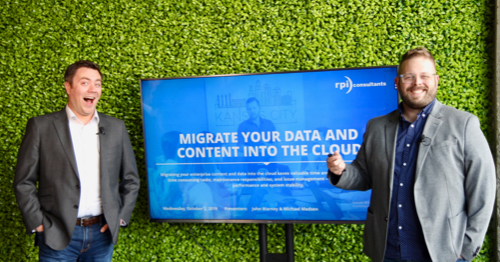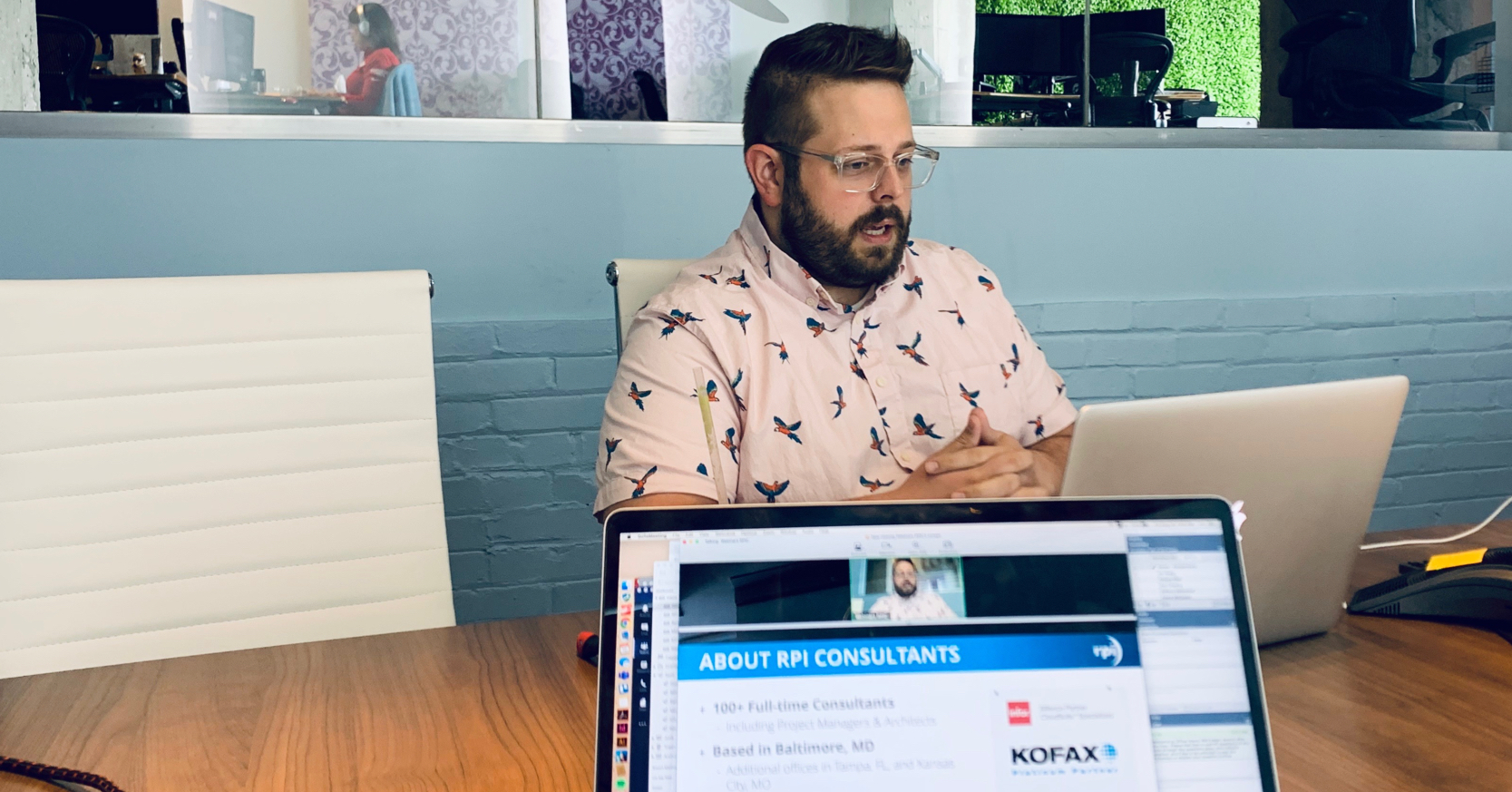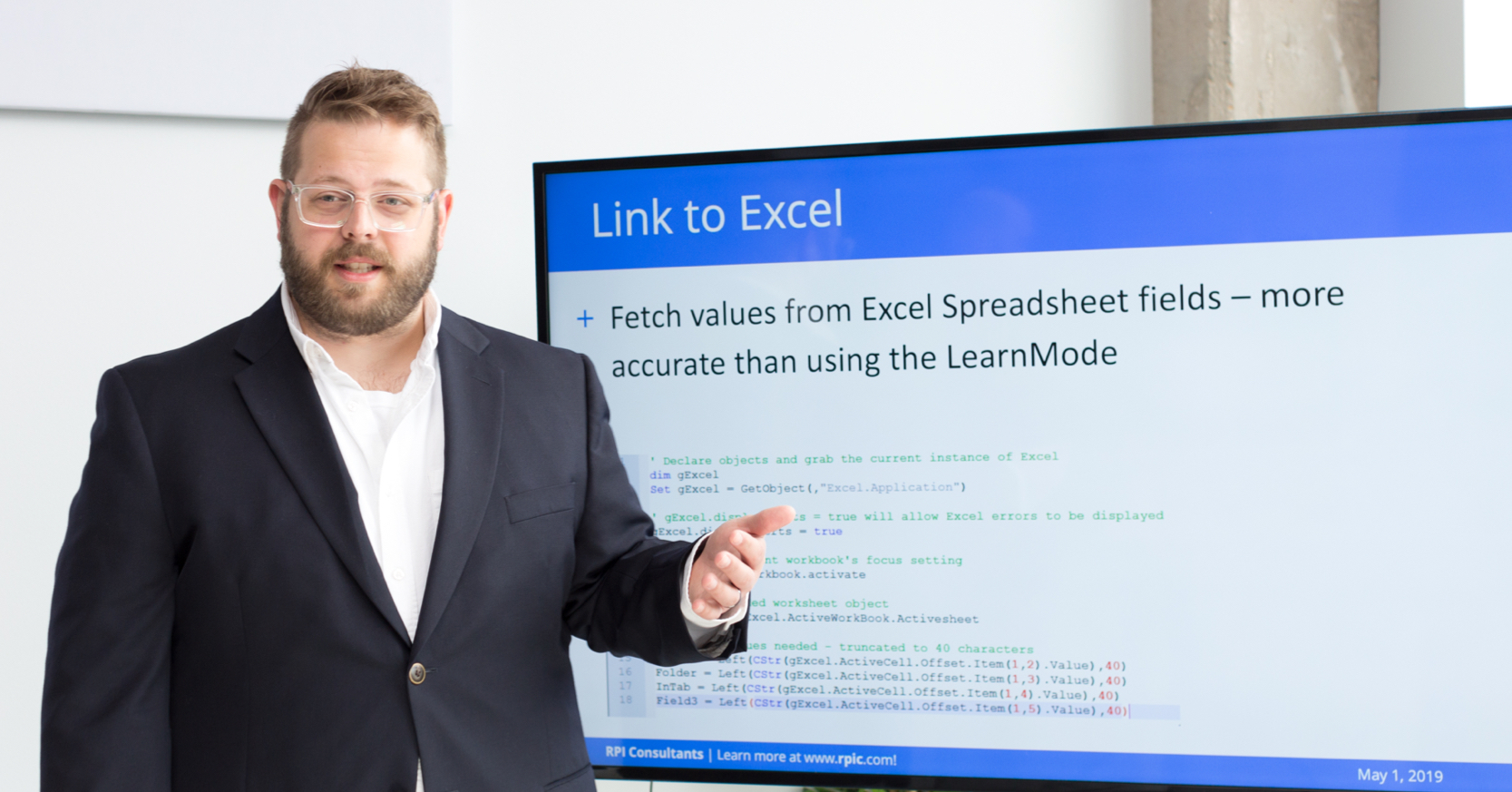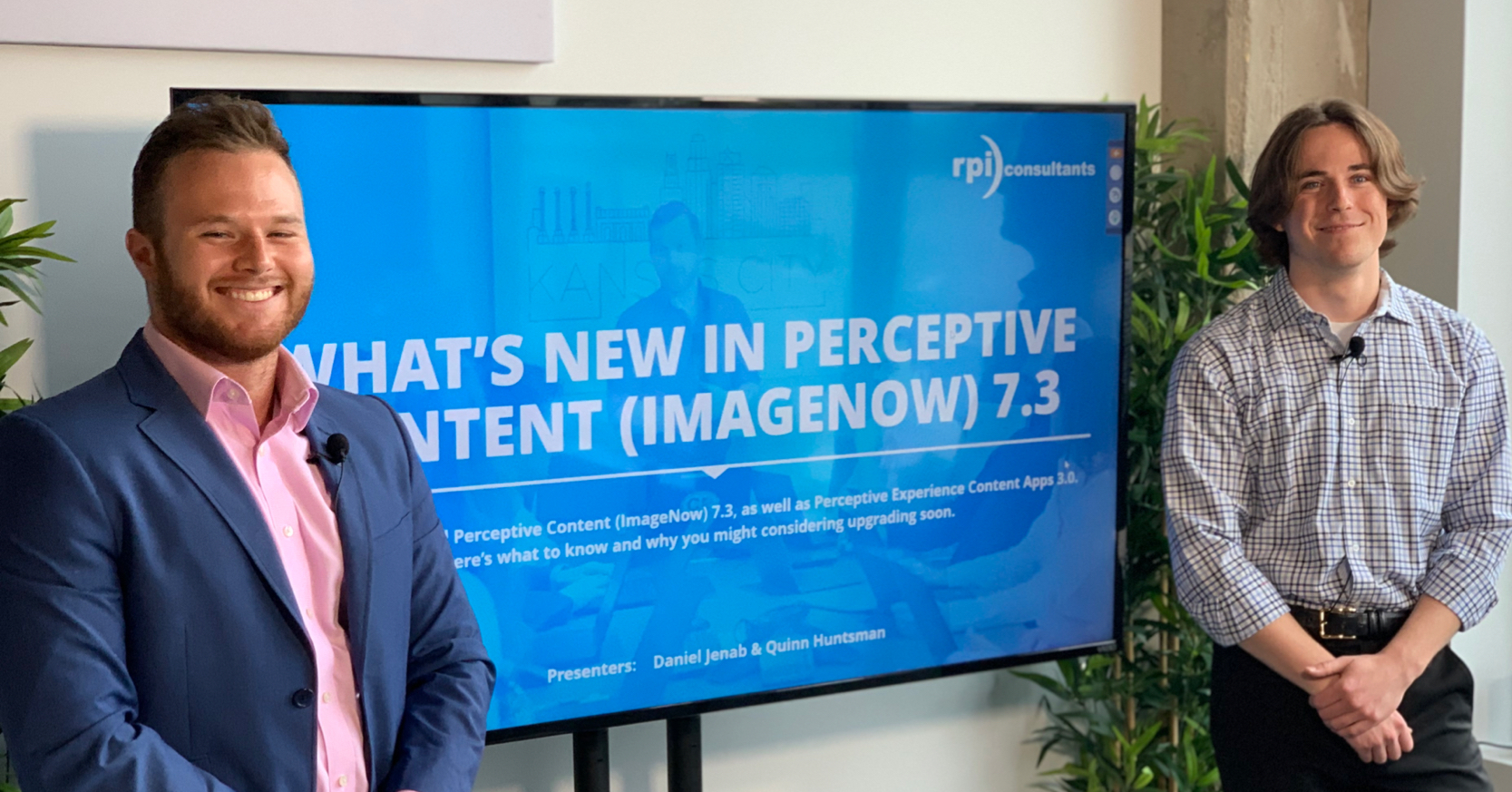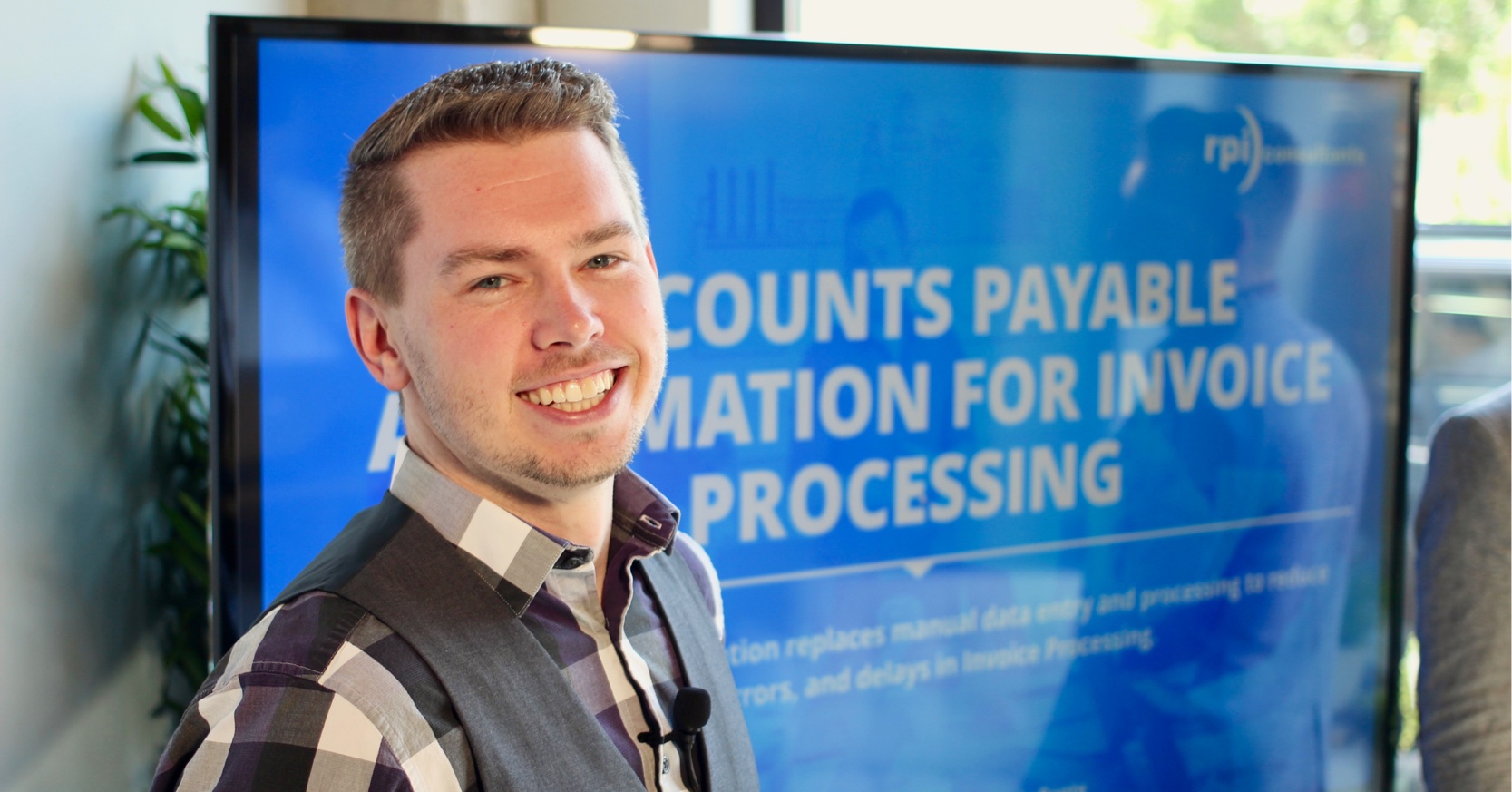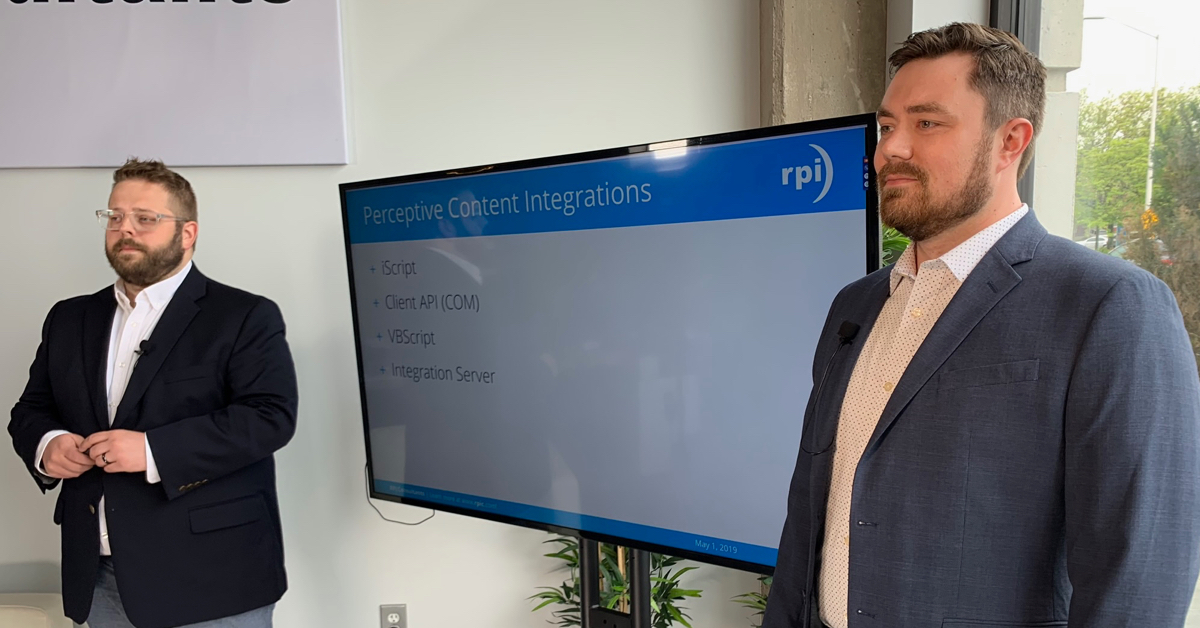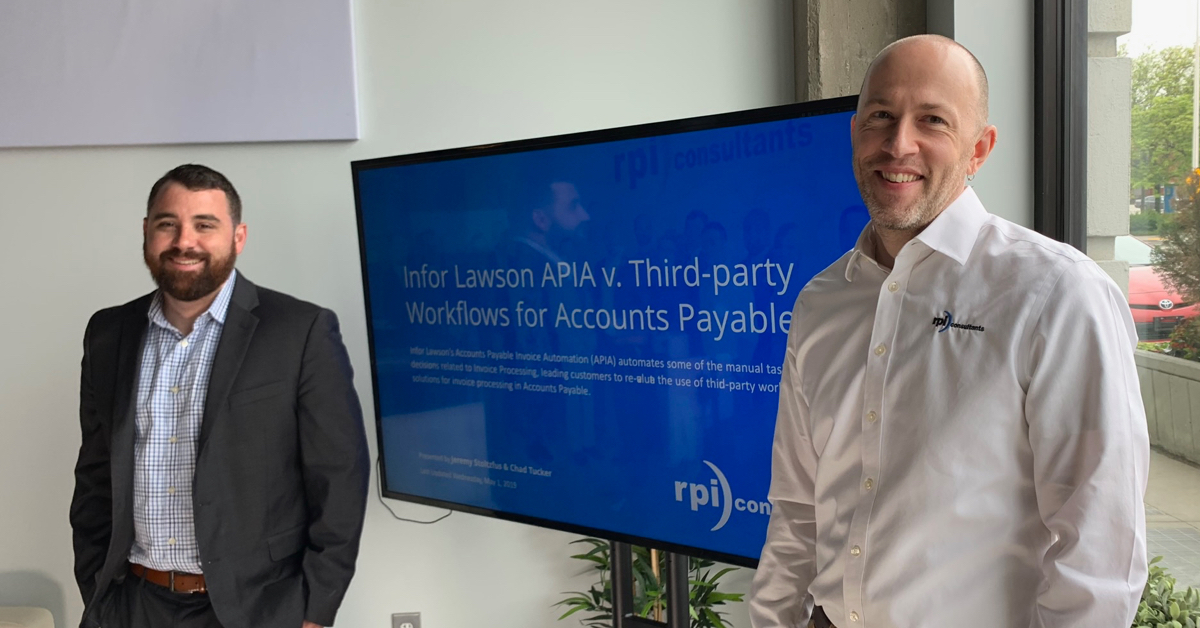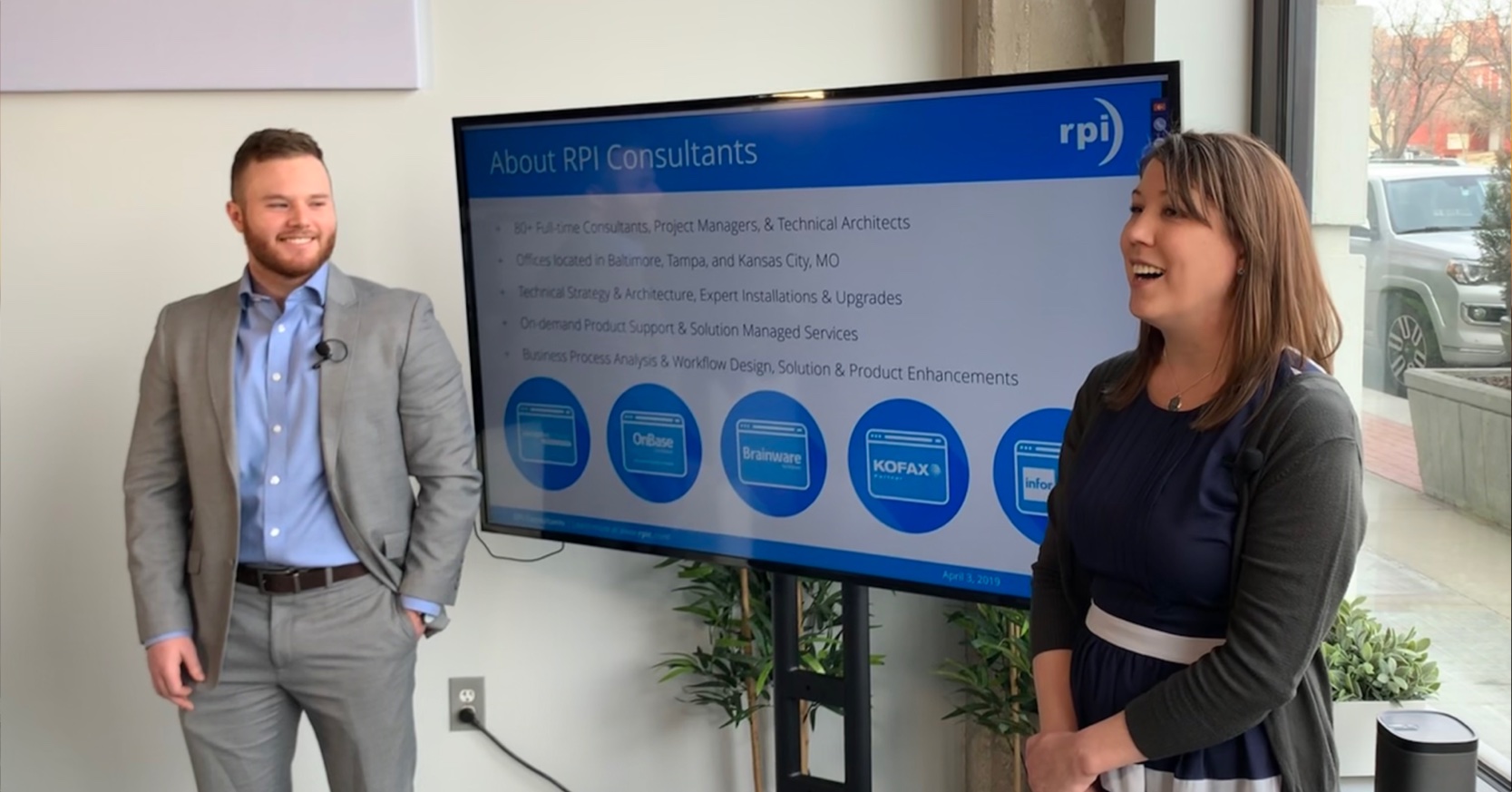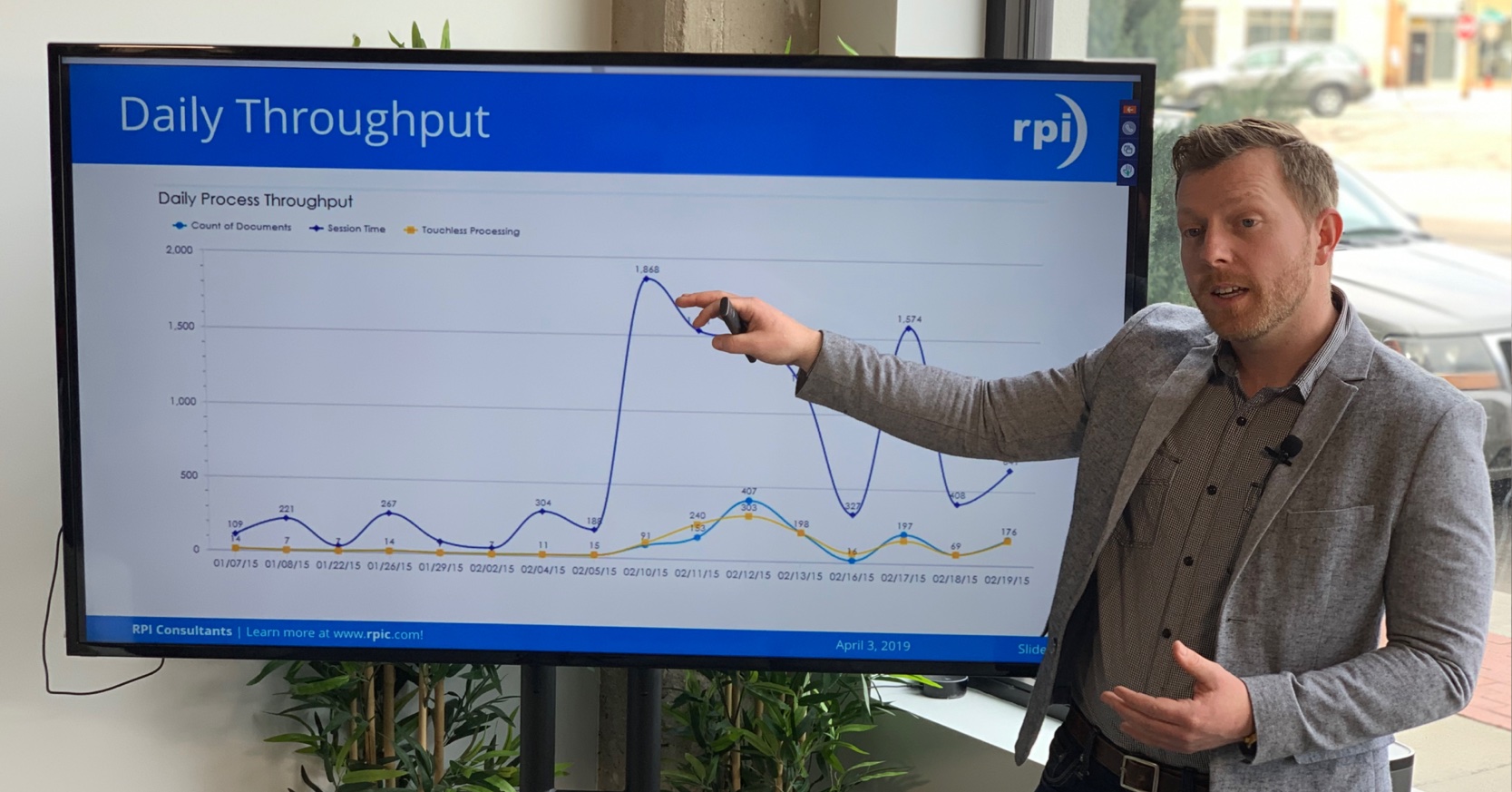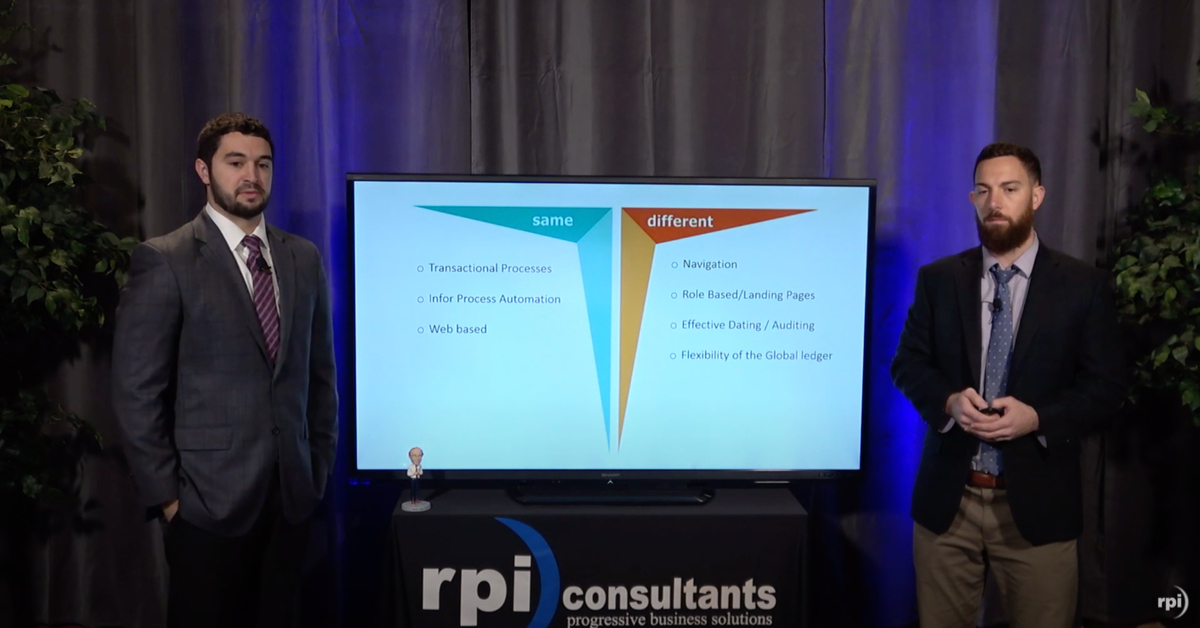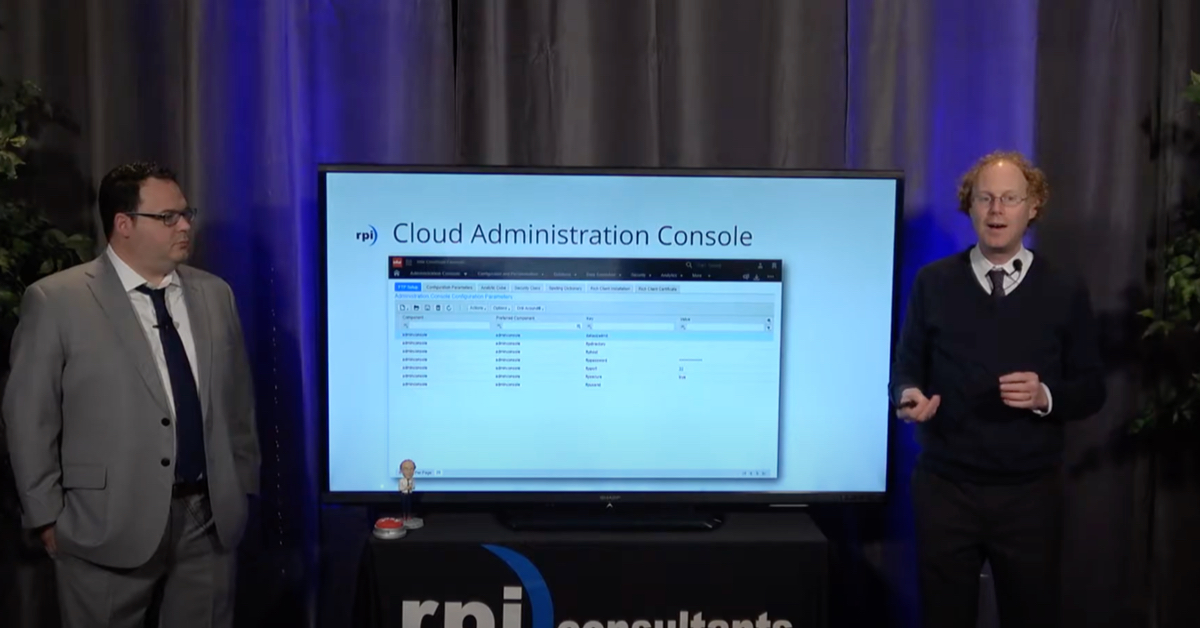PO20 Standing POs – If you must!
We’ve had the opportunity to assist many organizations with RNI clean-up and one thing that always sticks out is the disproportionate amount of invalid and aged RNI lines related to Standing POs. Now I’m not talking about Lawson’s Standing PO functionality (PO25). I’m referring to “old school” Standing POs – a single PO20 record against which multiple, regularly scheduled receipts are entered and where PO lines quantities are continuously updated.
Most organizations do their best to stay away from these altogether. The reality is however, that they tend to be used for any instance where a vendor has a hard coded field in their invoicing system for the customer PO (e.g. they are not setup to bill against POs, they don’t produce the invoice from the order or they are just plain lazy).
There really isn’t a good a way to minimize the disproportionate errors (with receipts, matching, and every other PO related transaction) these of types of POs invariably produce.
Best Practice is simply to contain them as much as possible.
Three tips to contain the madness:
First – Determine what POs (i.e. vendors / regularly ordered items) need to leverage a pre-existing PO #. Define criteria and eliminate all the standings that do not meet it. You can explore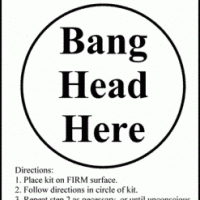 using Lawson’s blanket or standing order PO functionality, but you must have a way to track ‘release’ numbers on the PO, either by having the vendor populates them on the invoice (unlikely if they are unable to handle a changing PO#) or by matching them up with your fiscal or calendar year (for those on a monthly basis). You can also explore using P-Cards or alternate non-PO order methods… especially if these are service vendors (i.e. no receipts, i.e. no items) that aren’t used to billing against PO numbers. (Can’t ever stress enough the importance of leveraging the right processes for the each type of purchase and the inherent organizational value in establishing a Mode of Purchase Policy.)
using Lawson’s blanket or standing order PO functionality, but you must have a way to track ‘release’ numbers on the PO, either by having the vendor populates them on the invoice (unlikely if they are unable to handle a changing PO#) or by matching them up with your fiscal or calendar year (for those on a monthly basis). You can also explore using P-Cards or alternate non-PO order methods… especially if these are service vendors (i.e. no receipts, i.e. no items) that aren’t used to billing against PO numbers. (Can’t ever stress enough the importance of leveraging the right processes for the each type of purchase and the inherent organizational value in establishing a Mode of Purchase Policy.)
Second – Contain the length of the standing POs you do have live with. We recommend not having any (PO20 based) standing POs that last longer than one year. This appears to be the general threshold Lawson can handle for this type of PO without going batty on the transactions (receipt and invoice lines). If you query those have been in place for longer, you will undoubtedly find a bigger number of hiccups associated with them.
Third – Group these (PO20 based) Standing POs into cutoff dates by vendor. Typically these types of POs are associated with vendors that have difficulty updating the client PO on their system (or for whom a PO is not specifically tied to the order) and with vendors for which a buyer has had particular difficulty making this update in the past. By grouping all standings for a specific vendor, you can bring the full support of your Purchasing and AP departments, as well as their AR and sales reps, to bear both for the planning and actual cutover. You can start planning a month before the cutoff – and coordinate it at a vendor wide level. Once the replacement POs have been created you can distribute a list (on a simple spreadsheet or printout) to AP and the affected buyers and the vendor. That way everyone is aware there was a cutoff and has the listing handy, reducing the pain of transition.
I hope that helps!

Follow us online for faster access to announcements, knowledge base updates, and upcoming events!
Entire Knowledge Base
All Products, Solutions, & Professional Services
Contact Us to Get Started
Don’t Just Take Our Word for it!
See What Our Clients Have to Say

Denver Health
“RPI brought in senior people that our folks related to and were able to work with easily. Their folks have been approachable, they listen to us, and they have been responsive to our questions – and when we see things we want to do a little differently, they have listened and figured out how to make it happen. “
Keith Thompson
Director of ERP Applications

Atlanta Public Schools
“Prior to RPI, we were really struggling with our HR technology. They brought in expertise to provide solutions to business problems, thought leadership for our long term strategic planning, and they help us make sure we are implementing new initiatives in an order that doesn’t create problems in the future. RPI has been a God-send. “
Skye Duckett
Chief Human Resources Officer

San Diego State University
“Our favorite outcome of the solution is the automation, which enables us to provide better service to our customers. Also, our consultant, Michael Madsen, was knowledgeable, easy to work with, patient, dependable and flexible with his schedule.”
Catherine Love
Associate Human Resources Director

Bon Secours Health System
“RPI has more than just knowledge, their consultants are personable leaders who will drive more efficient solutions. They challenged us to think outside the box and to believe that we could design a best-practice solution with minimal ongoing costs.”
Joel Stafford
Director of Accounts Payable

Aspirus
“Our relationship with RPI is great, they are like an extension of the Aspirus team. When we have a question, we reach out to them and get answers right away. If we have a big project, we bounce it off them immediately to get their ideas and ask for their expertise.”
Jen Underwood
Director of Supply Chain Informatics and Systems
Our People are the Difference
And Our Culture is Our Greatest Asset
A lot of people say it, we really mean it. We recruit good people. People who are great at what they do and fun to work with. We look for diverse strengths and abilities, a passion for excellent client service, and an entrepreneurial drive to get the job done.
We also practice what we preach and use the industry’s leading software to help manage our projects, engage with our client project teams, and enable our team to stay connected and collaborate. This open, team-based approach gives each customer and project the cumulative value of our entire team’s knowledge and experience.


